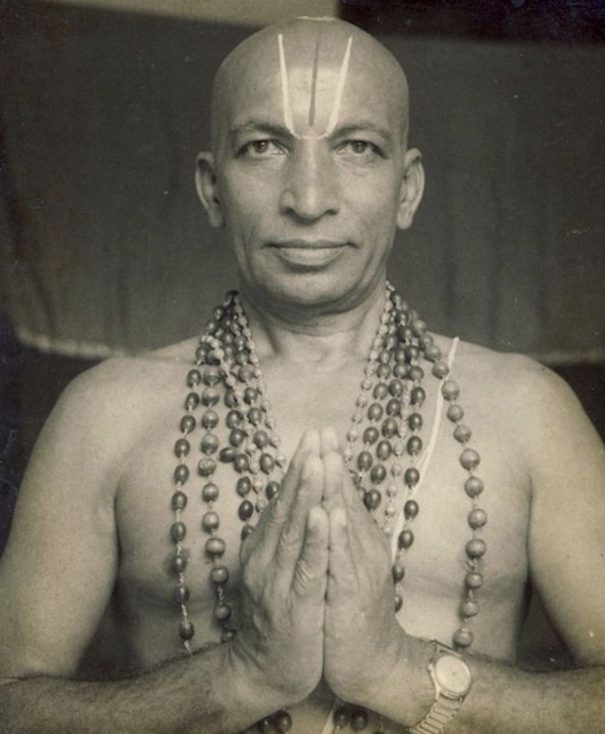
People often think that all forms of yoga are the same in terms of their origins. In other words, if they take a yoga class, they might believe it is representative of all yoga classes offered throughout the world, especially in the west. This is a misunderstanding. There are several styles of yoga and they each come from a different school of thought. These schools can be defined by tracing back to the beginning of their lineage. Lineage is important because we need to understand the ancestral connection and roots to this practice that has been around for hundreds of years. Defining lineage in the scope of yoga refers to the historical succession of knowledge passed from teacher to teacher. With the foundation of lineage, a practitioner of yoga gains insight not only from their own direct teacher, but from all of the teachers that came before them. A Yoga teacher training often begins by introducing information concerning their lineage so the students have something to trace their education back to. Students can complete a plethora of yoga certifications – the options are seemingly endless.
One lineage that is often referenced in Vinyasa teacher training is the teachings of Krishnamacharya and Desikachar. Both of these yogis based their lineage on the yoga sutras of Patanjali and his eight limbs of yoga. Michelle Young, founder of My Vinyasa Practice, Yoga teacher, and certified Yoga Therapist explains her yoga lineage to her students as follows: “In the West, we owe our lineage to Krishnamacharya who, through Iyengar, Jois, and Desikachar, helped to spread yoga throughout this part of the world. Iyengar studied with Krishnamacharya for decades, and then he developed the Iyengar system of Hatha yoga. Jois created Ashtanga yoga with Krishnamacharya’s guidance. Desikachar studied with his father until his later years, and then he brought international awareness to his father’s system of Viniyoga — a more personalized practice of yoga. Viniyoga, Ashtanga yoga, and Hatha yoga all come together to create Vinyasa yoga. ” This explanation of lineage also answers the question of who created Vinyasa yoga. As we can see from looking at the lineage of Vinyasa yoga, it was influenced by several other schools of thought.
This is also the lineage recognized for Viniyoga. Gary Kraftsow, the founder and director of the American Viniyoga Institute, hosted a workshop that can still be accessed through Yoga Alliance about the lineage of Viniyoga. My Vinyasa Practice currently hosts two free Viniyoga online classes a week led by Ana Pilar Cruz, who studied directly under Gary Kraftsow. It is a great place to learn about and practice the teachings of this lineage. It extends beyond the physical body and asana and according to the livestream description of the class is about meeting the student where they are at in their practice.
In the Desikachar interview from “The Heart of Yoga: Developing a Personal Practice,” he was asked what made his father’s yoga so unique. Below is the beginning of his answer to the question and maybe even the original “yoga for everybody” quote.
“What makes my father’s yoga teachings unique is his insistence on attending to each individual and to his or her uniqueness. If we respect each person individually, it naturally means we will always start from where each person currently is. The starting point is never the teacher’s needs but those of the student. This requires many different approaches; there is not just one approach for everybody.”
Accessible yoga is not a new concept, it is the heart of yoga and has been for some time in this lineage that has led to the modern vinyasa and Viniyoga styles. Many yoga teachers today are embracing these concepts and applying them to their in-person and live stream yoga classes.
